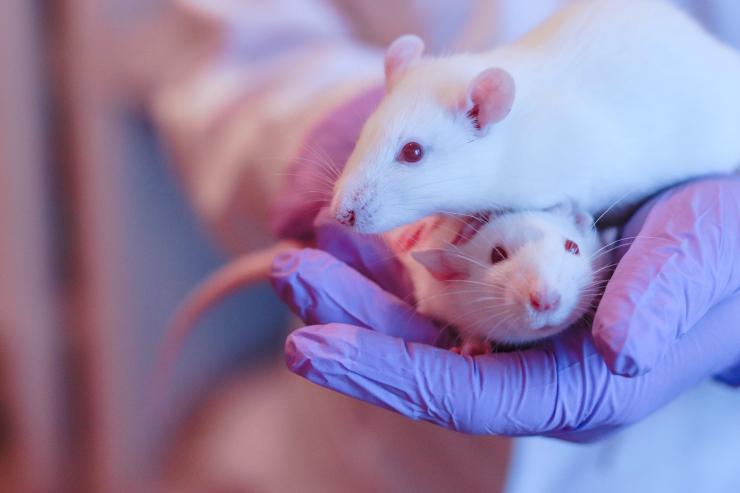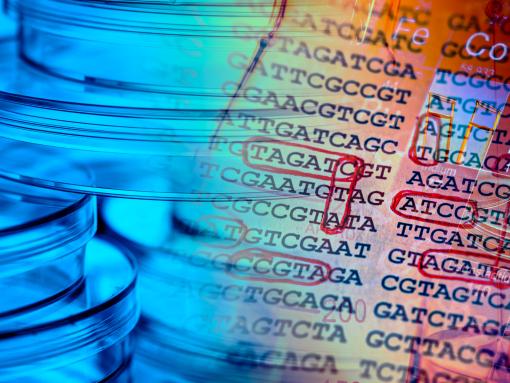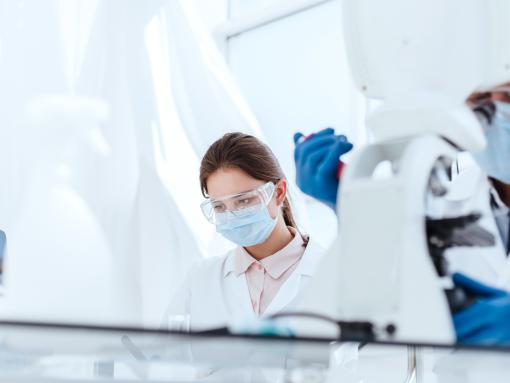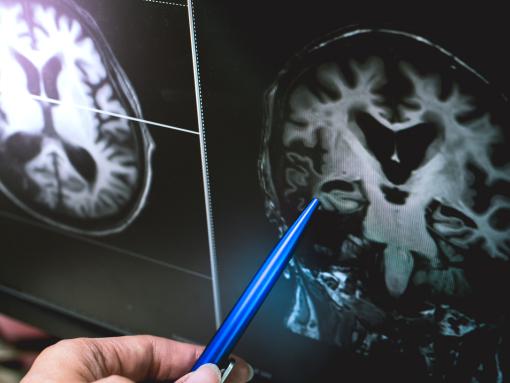Some of our team; Bryony Ross, Susan Watters and Sophie Kaszuba, recently attended the annual Industry Reproductive & Developmental toxicity Group (IRDG) conference in Birmingham, where they presented on the themes and challenges relating to lactational transfer within the extended one generation reproductive toxicity study (EOGRTS, OECD TG 443).
Lactational Transfer Requirements Under OECD 443
When undertaking the study via the oral gavage dose route, OECD TG 443 currently recommends an assessment of substance exposure via milk is performed to establish if the pups are being exposed to the test material. This can be achieved by assessment of the physiochemical properties and toxicokinetic behaviour of the substance being tested, or by running a lactational transfer study.
Challenges with Evaluating Lactational Transfer
Whilst the guidance makes it clear that if pups are found not to be exposed to the test material via milk, consideration of direct dosing to pups should be made, it does not offer clear guidance on how to evaluate lactational transfer in a standardised way, and whether there is a minimum (threshold) level of test material (or metabolite) required to achieve positive confirmation of lactational transfer.
Additionally, wherever direct dosing becomes a consideration, there is a lack of clarity on how to determine dosing levels within the pups during the lactation phase, when to dose from, nor how to minimise the welfare issues associated with dosing pups at such an early stage of life.
The upshot of this lengthy compilation of uncertainties, is that this aspect of OECD 443 studies is avoided in the vast majority of cases, with ECHA reporting only 4 instances where lactational transfer was evaluated in their 2023 review of EOGRTS studies.
Shared Information Gaps & Needs
During the session, the Blue Frog team and gathered experts shared thoughts and opinions on the challenges and information gaps for this area, including discussion on where harmonisation may be possible on approach. The consensus in the room is that this aspect of the OECD 443 remains difficult to navigate, with a need for better clarity and shared approach where possible. From here, the Blue Frog Scientific team are continuing to work with various contract research organisations, with the intention to explore these issues further, and reach consensus on common practises, shared information gaps and needs.
Recently the OECD 443 test guideline has undergone a large update (accepted 25 June 2025), however where lactational transfer and direct dosing is concerned, these have yet to be addressed with any further clarification.
Science-Based Stakeholder Dialogue & Science-to-Regulation Translation
The challenges surrounding OECD Test Guideline 443 highlight the need for a science-based stakeholder dialogue to support the targeted updating of guidelines. This can help to address existing gaps while making the most of the currently limited funding available for developing and refining harmonised regulatory standards.
Chemical safety is essential for public trust and is a critical foundation for enabling technological innovation. Reliable test standards underpin consistent regulatory decision-making.
In recent years, dialogue among academics, regulators, industry representatives, contract research organisations (CROs), and consultancies has gained momentum. However, funding constraints and translational challenges persist, as many promising tools remain not yet ready for regulatory use.
It is clear that there are still some endpoints which need further discussion and clarification to aide in developing the test guideline. Strengthening stakeholder engagement through clearer communication channels, embracing regulatory pragmatism, and placing science-to-regulation translation at the forefront are key to developing these guidelines according to the latest science and within practical timelines
As part of our comprehensive regulatory compliance team, we have specialists in developmental and reproductive toxicology. If you're considering expert regulatory support with any matters relating to DART or endocrine disruption, one of our specialists will be ready to help.




